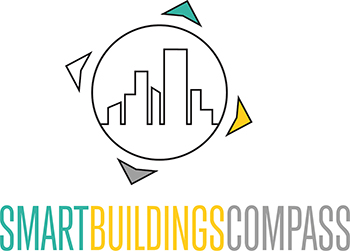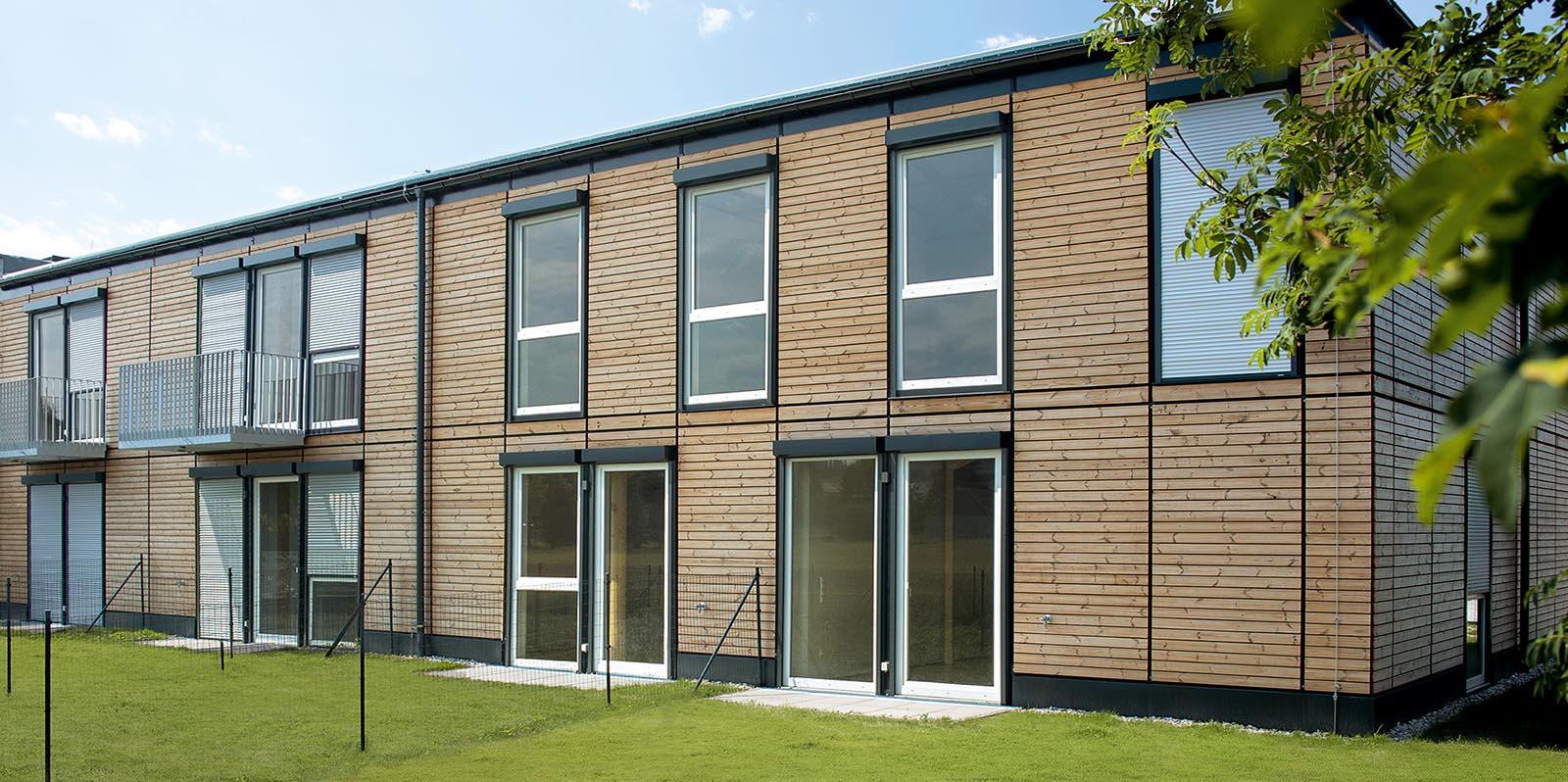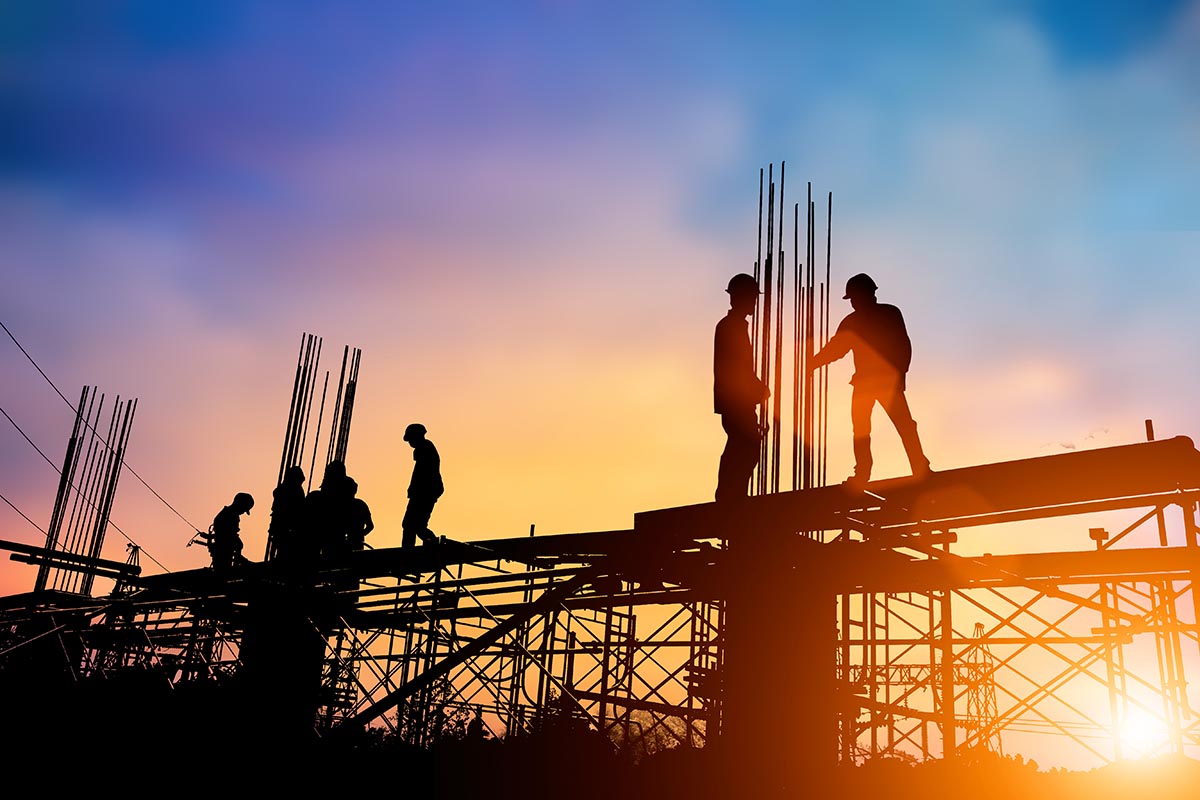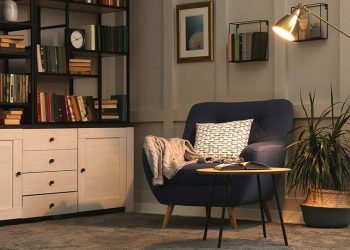In view of the high costs for financing, materials and personnel, affordable housing is becoming increasingly difficult to organize. Because high construction costs also mean higher rents. Standardization, efficiency and a high degree of prefabrication help to make homes more affordable. We are focusing on this topic as more and more age-appropriate apartments are being built using this construction method.
To understand the mechanisms, we conducted an interview with Rafael Lughammer, Managing Partner of the LZH Group.
Why we are addressing this topic:
- Affordable housing is becoming an ever greater challenge in view of the multiple crises on the market. Take Germany, for example: According to a market research by Immoscout24, rents have risen rapidly in most major cities in 2021, or at the latest since 2022. The reasons lie in the rise in interest rates, which has made new construction unattractive – many people are staying in rented accommodation. In addition, the costs of renovation and housing construction have risen, which has been partly passed on to rents.
- The housing market has been swept empty: The high level of immigration and the fact that new construction has become expensive have led to an increase in demand on the rental market. In Berlin, the vacancy rate is 0.3 percent, in Munich 0.2 percent.
- Other major cities are also complaining about a lack of housing: In Barcelona, Spain, for example, the licenses for apartments that are currently still legally rented out to tourists via Airbnb are set to expire from 2028. In Vienna, letting via Airbnb is limited to 90 days/year, otherwise a special permit is required.
- The demand for housing is high due to the influx of new residents, and new construction has completely collapsed. Affordable housing will become increasingly challenging in the coming years.
- New solutions are needed to create affordable living space despite the high costs of new construction. One of these is standardized construction using modules.
SBC: We are currently walking into a crisis on the housing market; affordable housing is becoming an ever greater challenge. What can the housing sector do to make affordable housing possible again?
Lughammer: Basically, we assume that owning a home will remain unaffordable for many people and that demand for rental apartments will continue to rise. There is already a shortage of hundreds of thousands of apartments in Germany and Austria, and the trend is rising sharply. To remedy this situation quickly, we rely on modular construction methods and sustainable building materials that guarantee greatly reduced construction times and high quality at the same time. This allows us to create urgently needed living space in less than twelve months instead of the usual 24-36 months.
Efficiency and standardization are our top priorities. We are moving away from a single project approach towards a highly standardized, scalable product. This is based on our experience and, of course, ongoing feedback from our existing residential complexes. It allows us to continue to optimize our product and make it even more efficient.
SBC: What exactly does standardization mean in residential construction? What can be standardized?
Lughammer: Standardization thinking runs through the entire value chain. This begins with the inspection of the land and preparation for the purchase, and then continues with planning, conceptual design, tendering for construction services and construction supervision, through to controlling, external financing and operation. All of this comes from us and is constantly monitored for cost drivers. We think very holistically and thus take advantage of the entire optimization potential.
SBC: So the production costs are kept as low as possible. Another important aspect of affordable housing is the running costs.
Lughammer: I know what you mean: Many developers build and then the buildings or individual apartments are sold off immediately. That’s short-term thinking, but in our case it’s different. We continue to provide support in the ongoing asset management., i.e. during ongoing operations. In other words, the LZH Group and our investors are focused on the long term, so we also keep an eye on operating costs. We are not interested in short-term money, but in long-term preservation and values for generations.
SBC: What advantages do investors have? Does affordable housing pay off for them?
Lughammer: We work in a very holistic way with deep value creation control. We can do this because we are very data-driven right from the start of the project. This begins with the property inspection and acquisition.
We operate nationwide and are deliberately moving away from Vienna. You will find our projects in urban centers or suburbs throughout Austria. We work with a lot of data, such as the number of inhabitants and population trends – both historical and future. We know in which regions it is already a little more expensive to build. We check the land and rental prices in the regions, the connection to public transport. All this data flows into a model that shows us which areas are suitable for our projects – and which are not.

SBC: What would be knock-out criteria, which areas are not attractive?
Lughammer: We try to use the history of a region to deduce how it will develop. If there was negative historical population growth, what is the forecast for future population growth? Another criteria is the number of inhabitants. Under 2,000 inhabitants, a new construction project with a minimum size of 20 to 30 apartments is a high risk.
What is still relevant is the ratio of rents to land prices. This often shows the potential in the region, i.e. whether an area is in high demand but is still underrepresented in the rental market. Factors also include which apartments are particularly in demand: Young living, or apartments for older people?
We take a very close look at these factors and weigh them up. Investment decisions are based on this.
SBC: What do the apartments and the floor plans in your apartments look like? Are there any special features that make them affordable?
Lughammer: For us, cost-effective does not mean cheap, but with a good price-performance ratio. You don’t notice anything in the apartments themselves. In modular timber construction, there are wooden pillars in the apartments that ensure a good indoor climate and smell of wood.
However, we take care to design the apartments as optimally and efficiently as possible. The question is always: What is an unnecessary luxury and what is necessary? For example, we avoid unnecessary common areas and do not build underground parking garages, which are very costly. We build the parking spaces and cellar compartments outdoors.
The apartments are on average 60 m2 in size. We take care to plan the floor plans and walls in such a way that the dimensions fit Ikea furniture – and do not require the carpenter to make a custom-made product. We also avoid pitched roofs.
There must be room for a table for 2-4 people on the terrace, anything more is an unnecessary luxury. You don’t need both shower and bath in the bathroom. Family apartments have bathtubs, all other apartments have showers, barrier-free means they level with the floor. These apartments are suitable for older people for whom the house or apartment has become too large and who are looking for a smaller apartment.
The kitchens are functional and we use Gorenje instead of high-priced Miele products – another great brand. We make sure that the equipment and furnishings are modern and offer good value for money.
By the way, since the coronavirus pandemic, open spaces have been essential. And people are willing to pay for that.
Modular building in timber construction - Photo credits: LZH Group
Photo credits: LZH Group
A look inside an apartment - Photo credits: LZH Group
SBC: You build in modules – how can I imagine that?
Lughammer: Depending on the construction method and size of the building, we need an average of 7-8 months from the building permit. Building the basic frame is very quick, the remaining steps take a little more time.
We maintain close partnerships with the executing companies and are therefore very fast. In general, we build a supporting skeleton on a base plate into which we hang the prefabricated building modules. Specialists are no longer needed on the construction site.
SBC: This is an advantage, as there are far too few skilled workers in the construction industry.
Lughammer: Yes, in principle we could both assemble the modules. Simple devices and assembly instructions are all you need to assemble these parts. Then comes the screed with the underfloor heating, we usually work with an air heat pump as heating.
In timber construction, we work with carpenters, and of course we need electricians and plumbers for certain construction steps, as well as tilers. But the high level of standardization saves some of the skilled workers.
We are also relatively flexible thanks to the modular design, and it has another advantage in that it can be dismantled. We are working with the company that built the temporary accommodation when the Austrian parliament was being renovated. After completion, it was simply dismantled again. The components are in stock and they are currently considering how the parts can be used again.
SBC: The idea of circulation is already part of the concept.
Lughammer: There are also no load-bearing walls or fixed cable routing in the walls. The wall modules can be easily and flexibly replaced if something breaks. This also makes maintenance very cost-effective. It is also easy to add room to existing buildings.
Building with a system gives us the advantage over conventional construction that we can work in a very focused and prefabricated manner in a protected environment. This reduces the error rates and also the defects that later play a role.
SBC: What are the biggest challenges?
Lughammer: We can already predict the construction costs very well, including the materials. The modules are delivered to the construction site ready for use. This means that we have a very high level of cost certainty. The biggest uncertainty factor is planning permission. We therefore involve the communities at a very early stage, before we have even bought the land. And present the project to neighbors and residents at an early stage and involve them.
One point of contention, for example, is often that we work with a flat roof. The municipalities insist that our buildings are adapted to the appearance of the streets. The townscape is important, no doubt about it, but these are of course additional costs that make construction more expensive.
Another point is often the parking space regulations. We have to make two parking spaces per apartment, even though the region is very well connected to the public transport. But we also meet very forward-thinking mayors who rely on modern mobility concepts. In Klagenfurt, we will set up freely accessible bike-sharing stations, and the first tenants will receive an annual pass for public transportation. There will also be an e-car sharing station with 2 e-charging stations. This means that we can also reduce the standard two parking spaces per residential unit.
IIn my opinion, our mobility behavior will change and not every household will have a conventional car. The expansion of public transportation is becoming increasingly important for regions. We are trying to get this long-term thinking not only on the project developer or investor side, but also at the political level.
Thank you for the interview!
Author: Anja Herberth
Chefredakteurin













